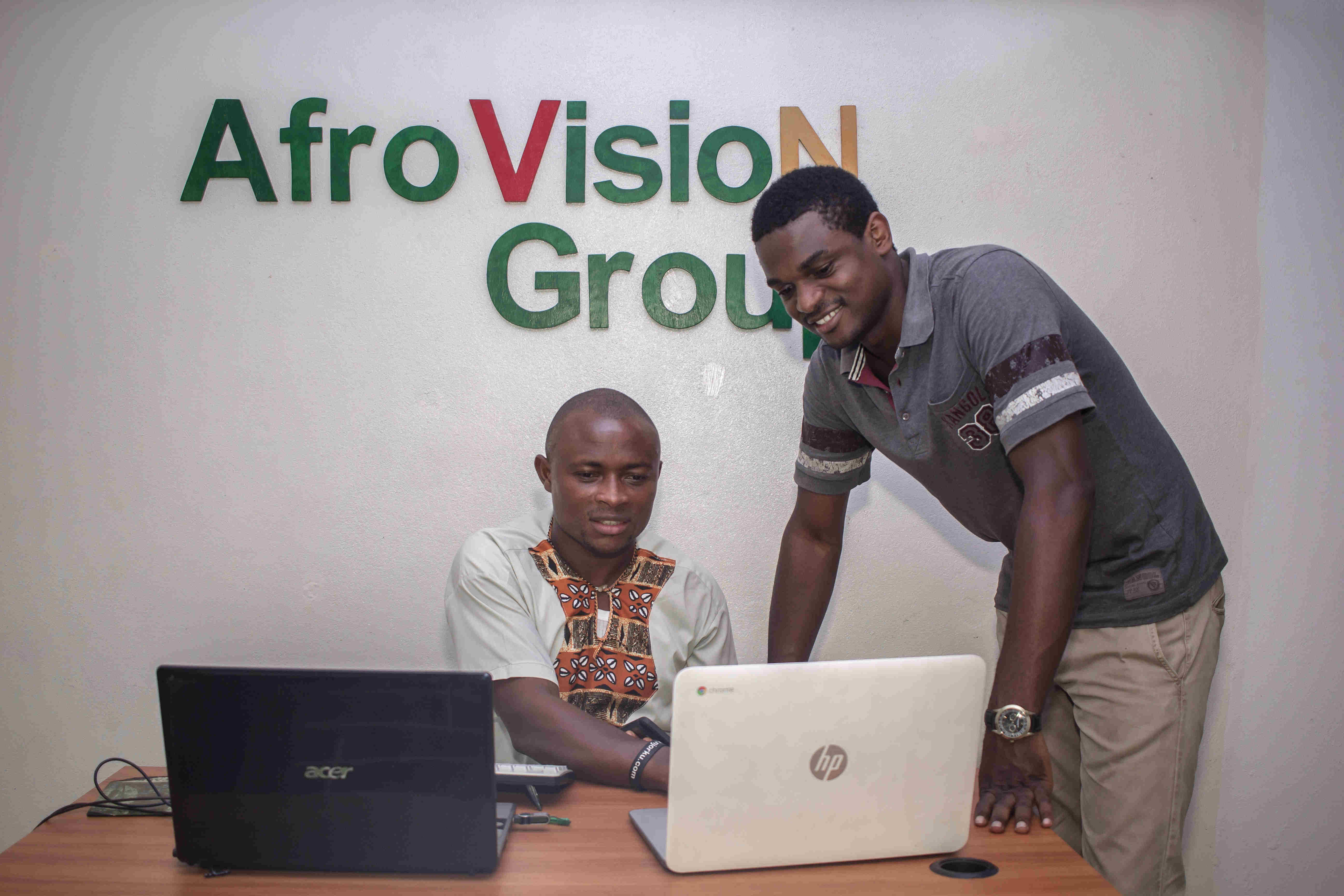Our Process
After several years of testing different IT Project Management methodologies, we discovered that Agile Methodologies worked well with us and kept our customers and partners satisfied. At AVN we rely on SCRUM in our product, service, and support delivery processes.
We begin by collecting and organizing the requirements clearly defined in the form of User Stories and Epics (groups of related user stories), and stored in the Product Backlog. The work is then organised in fortnightly periods called Sprints. Before a new sprint starts, the Product Owner (the voice of the customer) clearly specifies and estimates top priorities which are then organised in tasks and completed within the sprint. By following this method, both sides ensure that there is a potentially shippable product increment after every sprint.
We are strong disciples and apostles of the Agile Manifesto. As a result, our highest priority is to satisfy the customer through early and continuous delivery of valuable software.
Our process can be summarized in the following steps
- Discovery & Request Analysis: This comprises an intensive workshop designed to help our team better grasp the core components of the business and gain knowledge. The key participants here are our UX designer, project manager and the lead developer. This workshop can be held in our offices in the Silicon Mountain, in your office, or via Skype Meeting. The goal is to go through individual requirements, discussing and finalising the details. This process will capture user stories and journeys, user data and interactions and is essential to ensure a fool-proof implementation.
Based on these initial discussions and guidelines we will establish a creative approach that is most beneficial to the project, populate backlog and create UI/UX components for the project.
- Develop User Stories: In order to ensure that all functionalities are clearly described and captured, we create detailed User Stories and store them in the Product Backlog.
- Backlog Refinement: Every 2 weeks, the SCRUM team runs a Backlog Refinement Meeting in which we estimate the complexity of each user story in the Product Backlog. During this meeting, together with the Product Owner, we define User Story details: goal, process, expectations, description, acceptance criteria etc.
- Sprint Planning: Before every sprint, a Sprint Planning meeting is held. Here, the Product Owner prioritizes by importance User Stories, previously defined and estimated on the Backlog Refinement meeting, in the Product Backlog. Based on their previous experience and estimated effort for each user story, we agrees on the number of user stories that we can commit to completing in each sprint.
- The Sprints: We execute the project in a series of iterations called Sprints. We begin each sprint with a planning meeting in order to determine a sprint backlog - a list of the tasks to be performed during the sprint, and a goal that should be attained by the end of the sprint.
- Demo (Sprint Review): We execute the project in a series of iterations called Sprints. We begin each sprint with a planning meeting in order to determine a sprint backlog - a list of the tasks to be performed during the sprint, and a goal that should be attained by the end of the sprint.
- Sprint Retrospective: The goal of this retrospective is to inspect and adapt the process. Here, the team has an opportunity to openly express their thoughts on the sprint cycle. What went well and what can be improved in the following sprint. The things learnt from the Sprint Retrospective meeting provide valuable information for growth and increased optimisation as issues are addressed and solutions are put in place.
8. Deployment of a Potentially Shippable Increment: The goal of this retrospective is to inspect and adapt the process. Here, the team has an opportunity to openly express their thoughts on the sprint cycle. What went well and what can be improved in the following sprint. The things learnt from the Sprint Retrospective meeting provide valuable information for growth and increased optimisation as issues are addressed and solutions are put in place.



